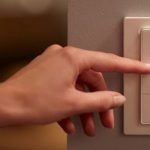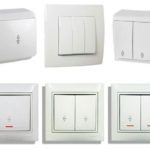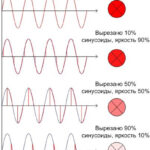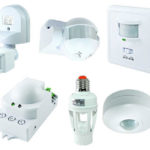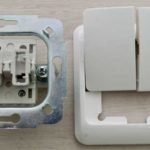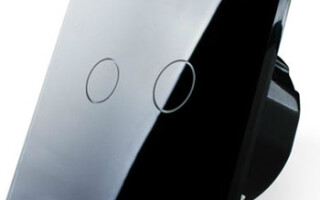If your goal - to make a spectacular lighting in the apartment, to depart from the usual stereotypes and look at the equipment of the apartment at a different angle, then you will be interested to know more about such an invention in the world of electronics, as a touch switch. Modern device will help to arrange a home on the system "Smart House".
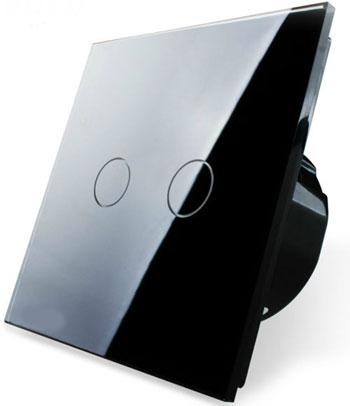
Contents
Touch switch - what it is and where it is used
A touch switch - Is an electronic device that switches appliances on or off using a sensor signal - a light touch, sound, movement, remote control signal - within the sensor's sensitivity range. A mechanical push of a button, as on a conventional switch, is not required. This is the main difference between the touch switch and the conventional key switch.
Such switches are used in the apartment or house, most often for the lighting system, but also for raising blinds, curtains, opening garage doors, turning on or off appliances, adjusting heating systems.
Stylish appearance will decorate the interior, and the ease of use will give additional comfort. Such a switch is built into the surface of an electrical appliance, such as a table lamp. To turn on the device, you just need to touch it. Also, the sensor switch can be controlled by remote control, voice, respond to motion, equipped with a timer or dimmer. The timer will help to save on electricity, and the dimmer - to create the light intensity you need. For example, to create a cozy dim light for a romantic dinner or a quiet evening rest.
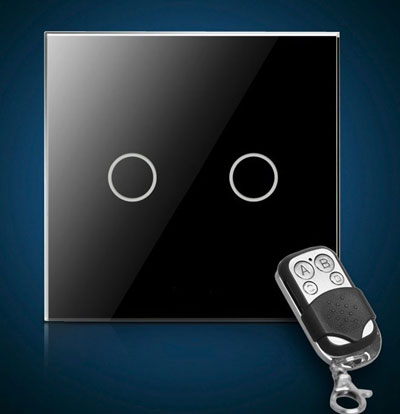
A touch switch is used to save energy in places with a lot of traffic. For example, in the entryway. The sensor reacts to movement when the occupant enters the entryway and turns off after a certain period of time.
Such a switch can be put in the yard of a private house to light up the yard when necessary. This will reduce the consumption of electricity.
Sensor switches can be equipped with an office, for the convenience of turning off and off the lights, closing and raising the blinds.
Thus, the touch switch is suitable for:
- apartment;
- private home;
- office;
- public places;
- home areas.
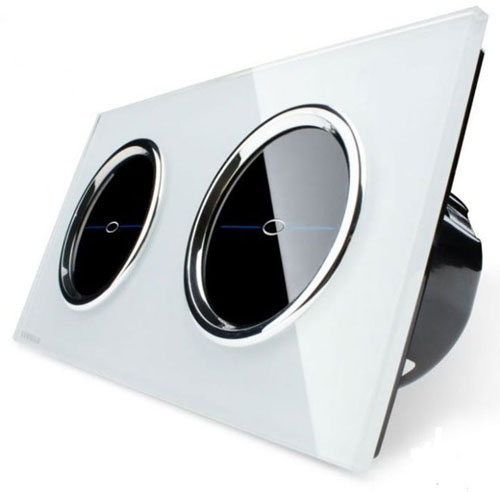
Design and principle of operation
The touch switch consists of four main elements:
- housing;
- electronic circuit board (switch);
- protective panel;
- Sensor sensor.
The touch sensor transmits a signal (touch, sound, movement, signal from the remote control) to the electronic board. In the switchboard, the vibrations are amplified and converted into an electrical impulse, which is sufficient to close/open the circuit - switching the device on and off. It is possible to have a smooth flow of the load, which regulates the brightness of the light. This is done through the duration of the touch. Such switches are equipped with a dimmer.
Important! For a design with a dimmer are not suitable energy-saving and fluorescent lamps. Use halogen or ordinary lamps.
Saving on electricity will be due to dimming the power of lighting.
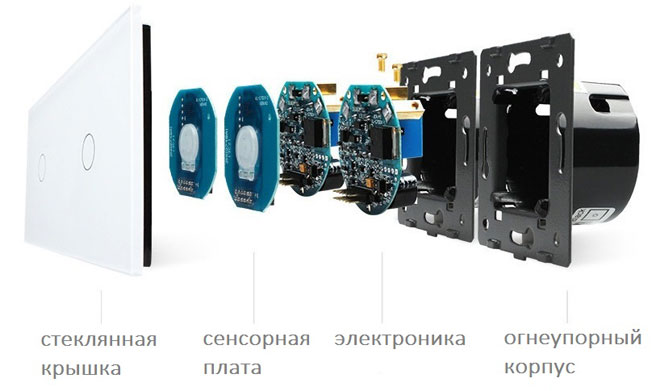
Types of Sensor Switches
Touch switches come in several types:
- capacitive;
- optical-acoustic;
- with remote control;
- with a timer.
To make the right choice for your needs, consider each type in detail.
Capacitive
A popular type of switch. The touch sensor is very sensitive, it triggers when people approach, when a hand is brought to the touch surface or swiped next to it. Such a switch would be relevant in the kitchen, because it does not need to be touched for it to work.
These switches look stylish and are easy to use. They are easier to care for than conventional key switches.
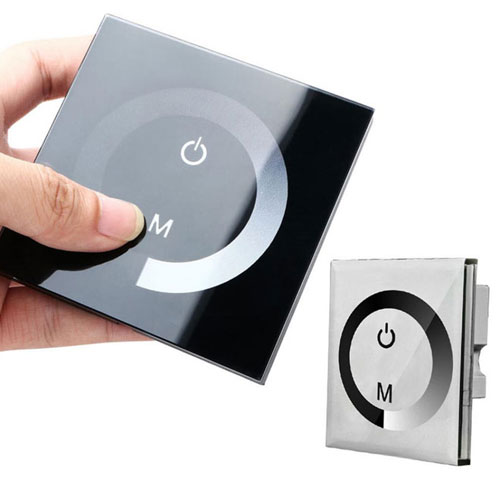
Light-acoustic switches
These switches respond to sound or movement in the sensor area. When no one is in the room, the lights turn off. They save energy. These switches are rarely used in apartments. They are more commonly used in common areas to illuminate rooms or open doors that "sense" the approach of a visitor.
With remote control
Switches with remote control are especially convenient in the house where there are children or people with disabilities. They come in handy if the switch is inconveniently located or difficult for children to reach. And they also give comfort when you do not want to get out of bed to turn off lights or appliances, lower the curtains.
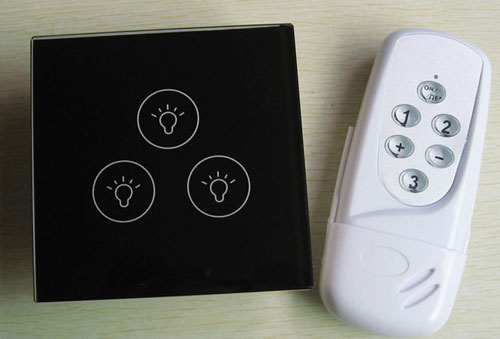
With a timer
The timer allows you to turn an appliance or light on and off in a certain mode. Timer switches are versatile. They are easy to use, work with any type of lamp: LED, halogen or incandescent.
Their advantage is safety. If a short circuit occurs, the switch automatically goes to the off position.
Switches are equipped with indicators that show whether it is on at the moment. And users also note the ease of installation, ease of use, attractive appearance, reliability.
Switch with a timer is suitable if you want to regulate the time of its operation. This can be handy when you need to program an appliance to turn on or off. Such switches help to save on electricity.
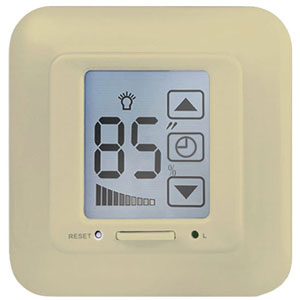
Criteria for selecting a device
When choosing a switch, pay attention to the following points:
- How many devices can be connected to one device. Optimally, 1-3. More than three - inconvenience in use;
- Whether or not the switch is equipped with a dimmer, a device for adjusting the light intensity;
- the presence of a timer;
- the possibility of remote control.
Important! Consider the voltage of the mains. It must comply with the requirements specified in the instruction manual for the switch. This will ensure proper operation and extend the life of the switch.
The switch body can be made of plastic or glass. The second option will cost more. The variety of models and companies in the market of electrical goods will help you to choose a switch that suits the interior of your apartment and meets your tastes.
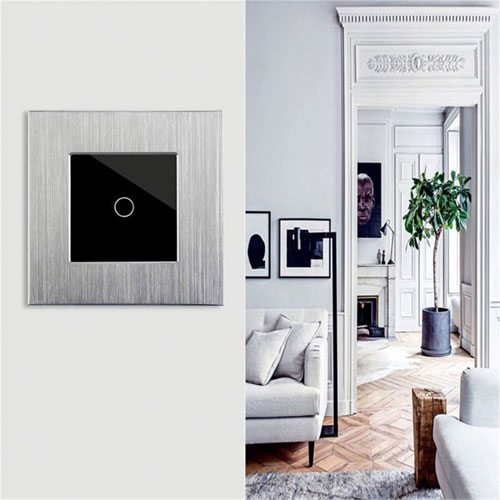
Advantages and disadvantages
Advantages of touch switches:
- versatile - suitable for different types of electrical appliances;
- are safe, resistant to moisture and damage. Even at the touch of wet hands they work;
- Easy to install - can be simply inserted in place of the old switch
- more reliable and durable than conventional switches;
- They are silent;
- Help save energy;
- have the possibility of remote control;
- stylish appearance.
The disadvantages include the price. The cost of one switch starts from 900 rubles.
Rules and wiring diagrams
Installation of touch-sensitive switches is not more complicated than the installation of conventional key switches. When starting the installation, remember about safety, and if you are not confident in your abilities, use the help of a specialist.
Diagram of connection to the network
Connection of the touch switch is similar to the connection of an ordinary switch. It can be installed in the same place. To do this, you must follow these six points in sequence:
- de-energize the power grid;
- Remove the old switch;
- Remove the top panel from the new switch;
- Connect the wires to their designated terminals;
- Put the mechanism in the mounting box and fasten it;
- fix the panel.
Wiring diagram for touch-through switches
The wiring diagram is similar to the connection of any touch-sensitive switch. The difference is that for the correct operation of several pass-through switches it is necessary to synchronize them with each other.
Warning. The function of a pass-through switch works only after synchronization. Without synchronization, they work like normal switches.
To synchronize the switches, touch the sensor of each switch in turn (first, second, third, etc.), hold for 4-5 seconds.
To reset the synchronization, it is necessary to hold on the sensor of the last switch until a beep (approx. 10 seconds).
Wiring diagram for touch proximity switches
The pulse switch is only in the "on" state when the button is pressed and held down. Most often, it is a doorbell, or a button to raise the blinds. It is mounted according to a standard circuit. Usually has two terminals and is designed for one load line.
Attention! Before you buy, check the package carefully. It is possible that the bell, shutter motor or relay will have to be purchased separately.
Wiring diagram of sensor switches with 12v current regulator
Between the device and the switch should be a stabilizer inrush current and LED-adapter. Such a scheme is used if the appliances when turned on consume a current dozens of times higher than the rated current. For example, a hood motor.
Installation errors
To avoid mistakes when installing switches, observe the following rules:
- Always turn off the power before installation to prevent short-circuiting and damage to the unit.
- Install and remove the glass front panel with the mechanism de-energized.
- Make sure that the front panel does not touch the wall with one side and that it stands strictly parallel to the wall.
- Apply power to the touch switches when each line is under load.
- Put the front glass panel on the Switch immediately after installation to keep the Sensor from getting dusty.
- Do not press the sensor without the panel!
- If there is construction dust on the switch sensor, wipe it off with a dry, clean cloth.
- Use caution when working with electricity.
Now you know the advantages of touch switches, how they work and how they are connected. Modern switches will make your home stylish and comfortable, and with proper installation and handling, will please you for years to come.
Related articles:
